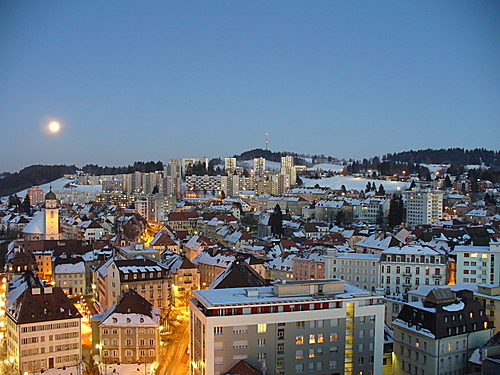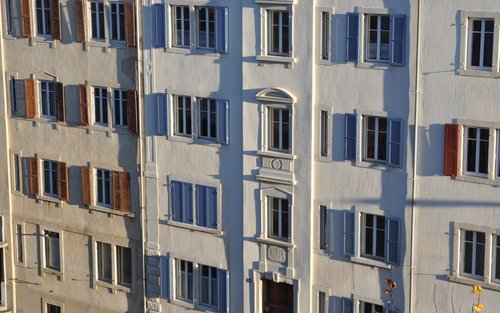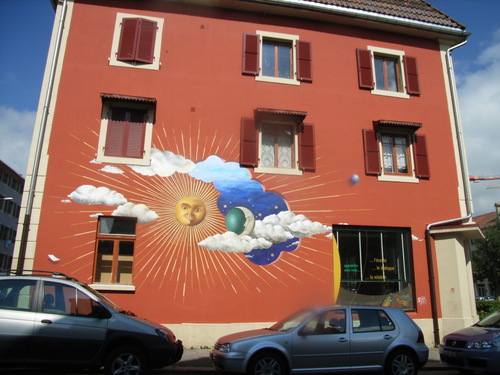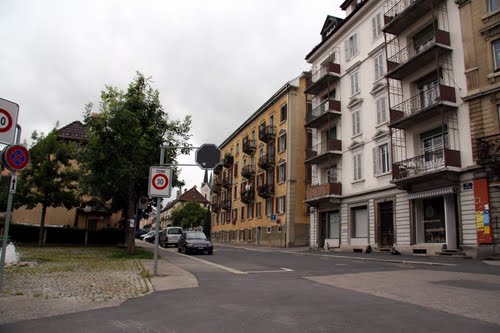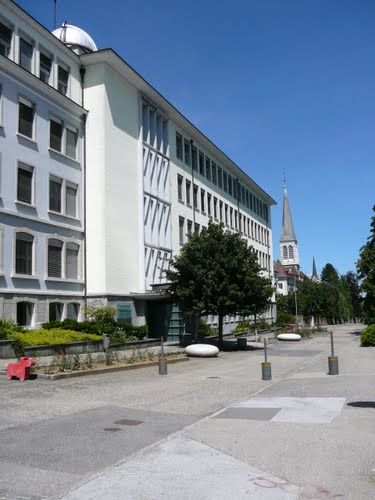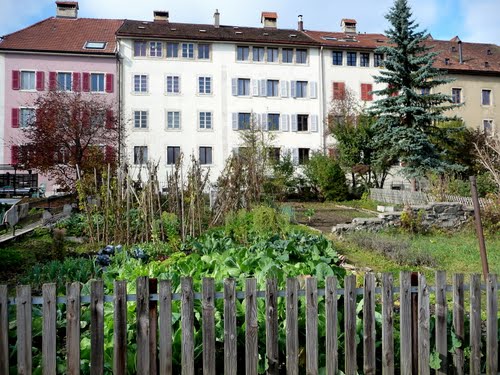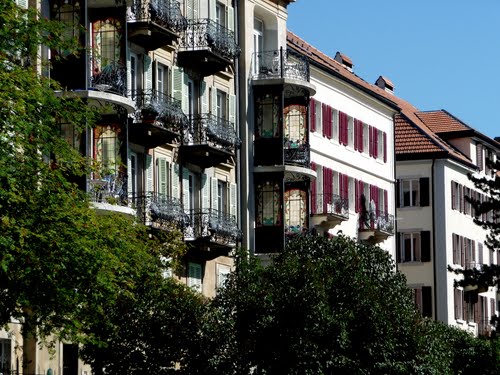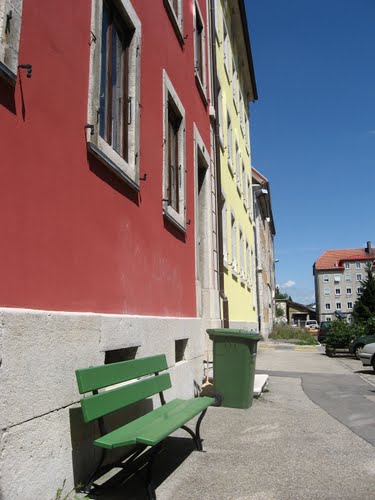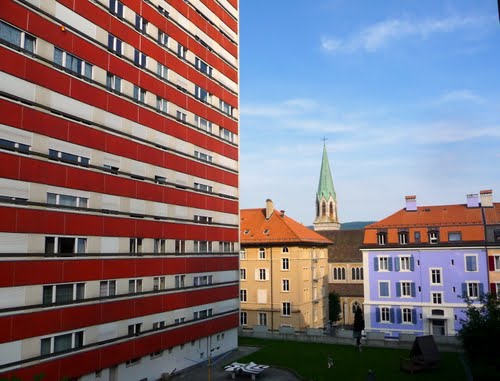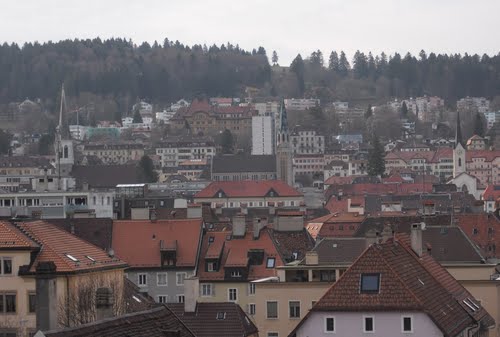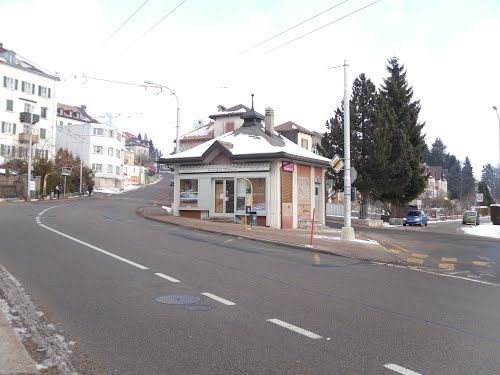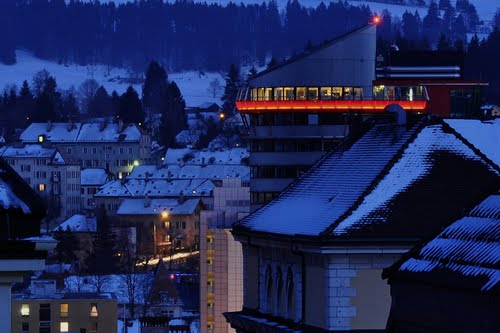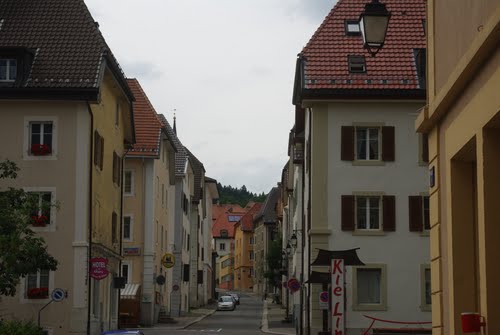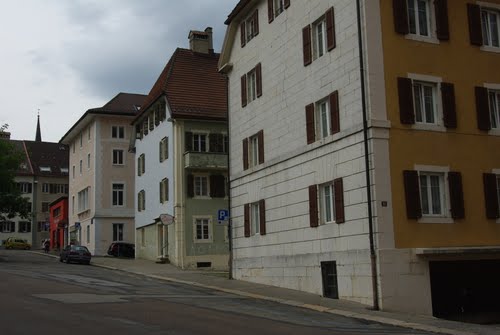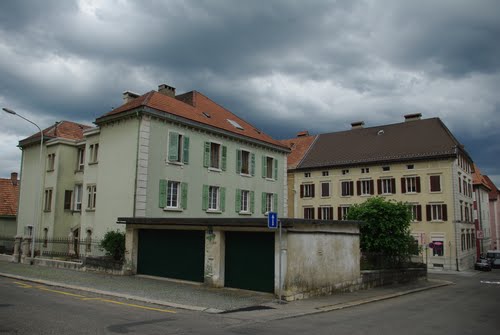La Chaux-de-Fonds is a Swiss city of the district of La Chaux-de-Fonds in the canton of Neuchatel. It is located in the Jura mountains at an altitude of 1000 m, a few kilometres south of the French border. After Geneva and Lausanne, it is the third largest city located completely in the Romandie, the French-speaking part of the country, with a population (as of December 2014) of 39,027.
The city was founded in 1656. Its growth and prosperity is mainly bound up with the watch making industry. It is the most important centre of the watch making industry in the area known as the Watch Valley. Completely destroyed by a fire in 1794 La Chaux-de-Fonds was rebuilt following a grid street plan, which was and is still original among Swiss cities. Karl Marx said about the very special urban design of the city that it was a "city-factory". The famous architect Le Corbusier, the writer Blaise Cendrars and the car maker Louis Chevrolet were born there. La Chaux-de-Fonds is a renowned centre of Art nouveau.
In 2009, La Chaux-de-Fonds and Le Locle, its sister city, have jointly been awarded UNESCO World Heritage status for their exceptional universal value.
UNESCO World Heritage Sites
The watch making cities of La Chaux-de-Fonds and Le Locle have jointly received recognition from UNESCO for their exceptional universal value.
The Site's planning consists of two small cities located close to each other in the mountainous environment of the Swiss Jura. Due to the altitude (1,000 m [3,300 ft]) and the lack of water (porous sandstone underground) the land is ill suited to farming. Planning and buildings reflect the watch-making artisans need of rational organization. Rebuilt in the early 19th Century, after extensive fires, both towns owe their survival to the manufacturing and exports of watches, to which, in the 20th Century, was added the minute micromechanical industry.
Along an open-ended scheme of parallel strips on which residential housing and workshops intermingle, the town's planned lay-out reflects the needs of the local watch-making culture that dates back to the 17th century, and which is still alive today. Both agglomerations present outstanding examples of mono-industrial manufacturing-towns, which are still well-preserved and active. The urban planning has accommodated the transition from the artisans’ production of a cottage industry to the more concentrated factory production of the late 19th and 20th centuries. In 1867 Karl Marx was already describing La Chaux-de-Fonds as a “huge factory-town” in Das Kapital, where he analyzed the division of labour in the watch making industry of the Jura.
It is the tenth Swiss Site to be awarded World Heritage status, joining others such as the Old City of Bern, the Rhaetian Railway and the Abbey and Convent of St. Gallen.

